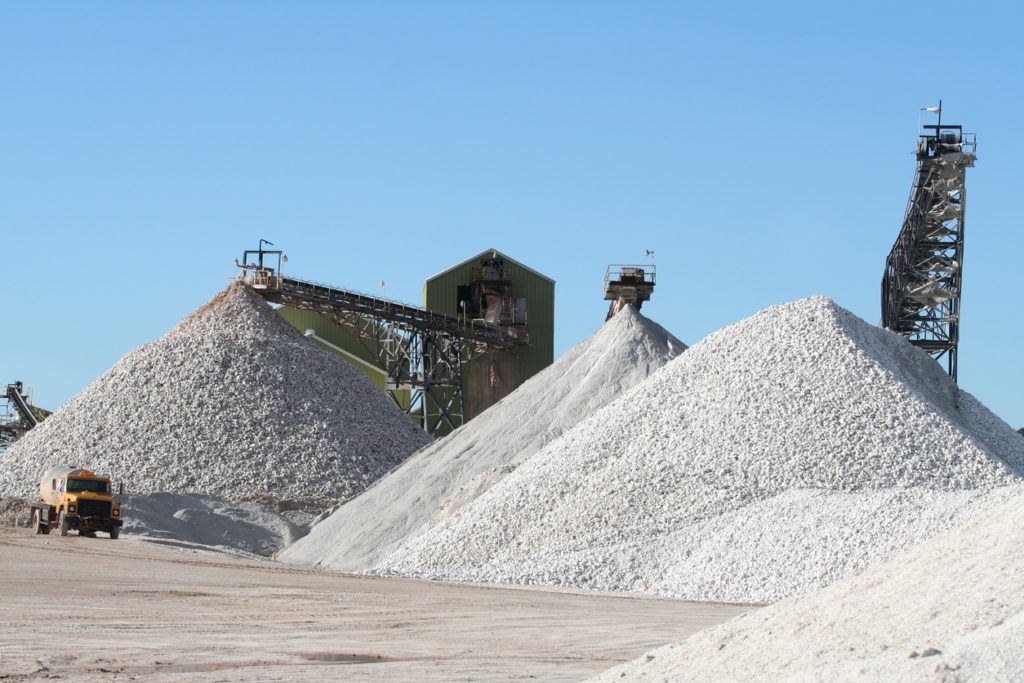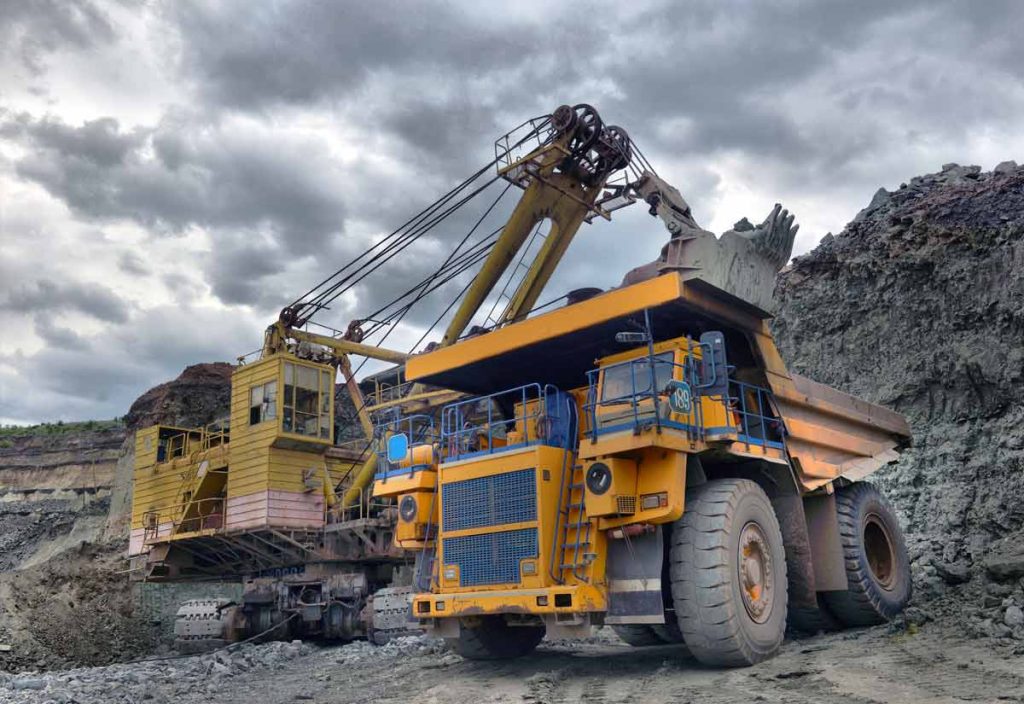The FGD Gypsum Market is Poised For a Growth Boom
More than 20 years of research and development efforts by the Gypsum Association are about to provide big returns on investment in the FGD gypsum market (Source: Digital Journal). The Gypsum Association members have collaborated to successfully deploy safe, eco-friendly technologies which use flue gas desulfurization (FGD) gypsum as the key ingredient for manufacturing gypsum board, commonly known in the construction industry as, sheetrock, wallboard, or drywall.
FGD, or synthetic gypsum, is identical to natural gypsum in chemical composition (calcium sulfate hydrate) and is supplied by electric power plants where it’s removed from combustion gases using limestone or lime reagent scrubbers in a washing and purification process. The EPA acknowledged the environmental, health, safety, and economic benefits of FGD gypsum as far back as 2014, according to this report at Gypsum.org.
Now, almost half of all gypsum board manufactured in the US is FGD gypsum, but the eco-friendly synthetic is poised to break out into other markets beyond wallboard in a big way, backed by enthusiastic support from green-minded government agencies such as the EPA around the globe.
FGD Applications in Other Markets
As impressive as 1/2 of all wallboard made in the US is in terms of market share, FGD gypsum, with its solid reputation for eco-friendly sustainability is finding its way into a wide range of applications in other sectors as well. FGD now plays key roles in industries and manufacturing processes including:
- Plaster of Paris production for sculptures and decorative panels
- Cement production
- Glassmaking
- Water filtration and treatment
- Mining applications
- Highway construction
- Agriculture
FGD’s Environmental Applications in the Mining Industry
FGD provided a two-in-one solution for mine-sealing and acid mine drainage problems at the abandoned Broken Aro mine complex in the Woodbury wildlife area near Coshocton, Ohio. Water quality in nearby Simmons Run had deteriorated due to AMD (Acid Mine Drainage) from the underground complex which hadn’t been actively mined since 1910. AMD pollutes ground and surface water resources with high acidity and heavy metals which are harmful to aquatic and plant life. R&F Coal Company, American Electric Power, and Ohio University collaborated in a re-mining project which allowed remaining coal reserves to be extracted while providing an opportunity to seal the mine and prevent acid mine drainage from continuing.
FGD sludge was used to create a seal which trapped groundwater inside voids in the mine. Two properties of FGD make it the perfect choice for the job. First FGD’s low hydraulic conductivity limits water seepage from the mine. Secondly, FGD’s high alkalinity can neutralize any acids in water that does manage to escape.
You can check out the re-mining project details in this informative report “Use of Flue Gas Desulfurization Byproduct For Mine Sealing and Abatement of Acid Mine Drainage.”
FGD Gypsum in Agriculture
According to FGDProducts.org, agriculture is third only to wallboard production and the cement industry for FGD use by quantity. FGD has both physical and chemical characteristics which benefit agricultural soils. Runoff and soil erosion can be reduced by FGD’s promotion of clay flocculation which decreases surface crusting and water infiltration. FGD supplies chemicals such as the essential plant nutrients calcium and sulfur for crop production. Water extraction from subsoil layers is improved and decreased aluminum toxicity create a soil medium which enhances root penetration and development.
About Resource Erectors
At Resource Erectors it’s our mission to connect the best professionals in the gypsum mining industry with the industry-leading companies who need their talents today. We also match the best companies in North America with qualified professionals at all levels in precious metals and mineral mining as well as the civil construction, manufacturing, engineering, and material processing sectors. So, don’t hesitate to contact us today.








